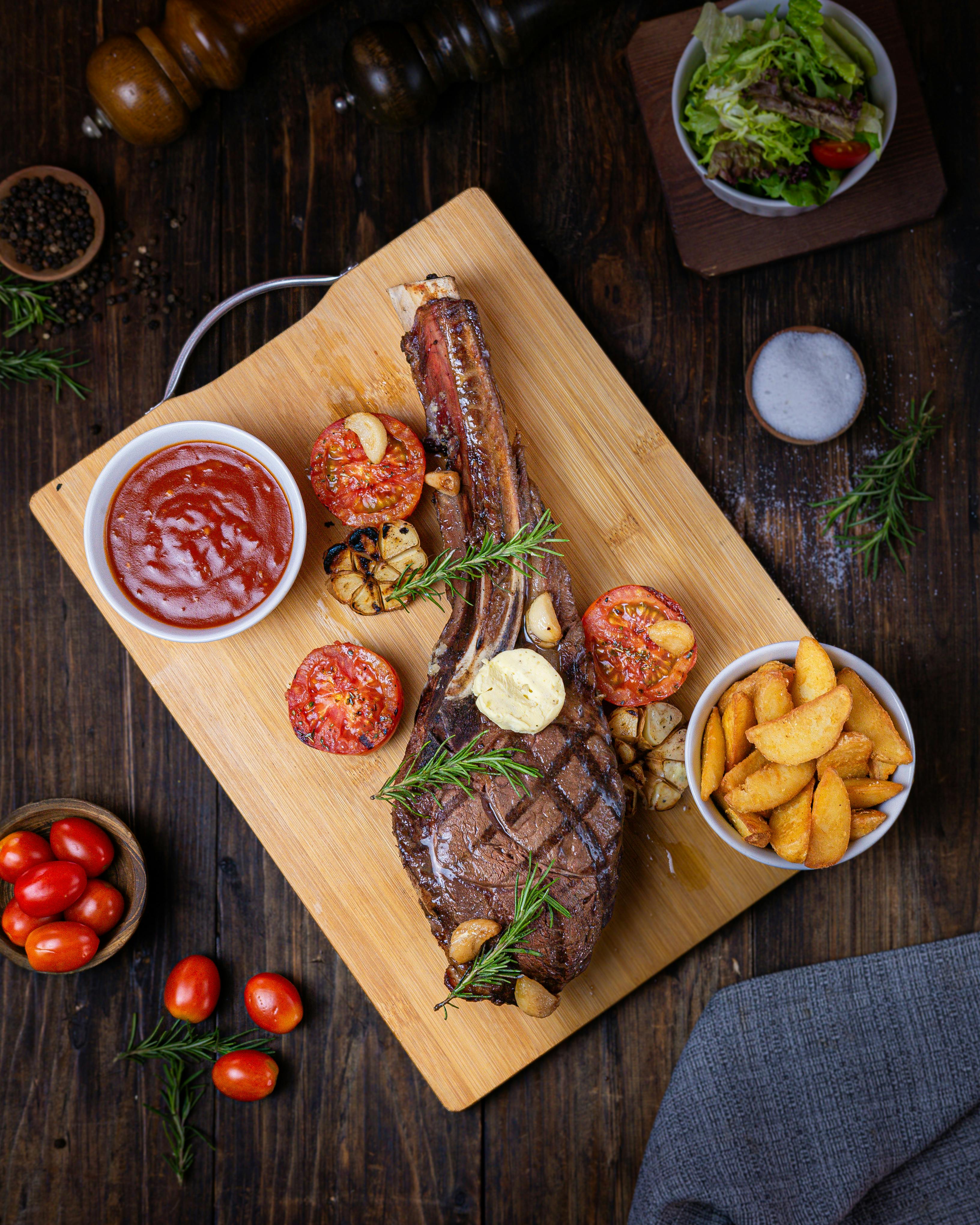Effective Ways to Plant Seeds for a Successful Garden in 2025
Starting a garden can be an incredibly rewarding experience, especially with the right techniques and timing. As we approach 2025, it's essential to understand how to plant seeds effectively. This not only ensures a beautiful garden but also contributes to sustainability by promoting organic growth and biodiversity. Planting seeds correctly involves various components, including seed selection, soil preparation, and understanding the specific requirements of each plant type. In this article, we’ll explore the best seed planting tips, the optimal times to plant, and practical advice for both beginners and seasoned gardeners.
By following these strategies, you'll be well-equipped to nurture your seeds into thriving plants. Whether you’re interested in planting vegetables, flowers, or herbs, understanding the nuances of seed planting can significantly enhance your gardening success. Here’s what you can expect to learn:
- Choosing the right seeds for your garden
- Essential soil preparation techniques
- Seed germination process and watering tips
- When and how to transplant seedlings
- Organic methods for seed planting
With these insights in mind, let’s delve deeper into the effective ways to plant seeds and ensure a flourishing garden.
Choosing the Right Seeds for Successful Planting
Before you start planting, choosing the right seeds is crucial. Not all seeds are suitable for every environment or season. Understanding seed types, such as heirloom vs. hybrid seeds, can help you make informed decisions. Heirloom seeds offer a rich history and genetic diversity, while hybrids are bred for specific traits such as disease resistance or higher yield.
Understanding Seed Packets
Seed packets are a valuable resource that provides all the necessary information about the seeds you'll be planting. They include details such as planting depth, spacing, and expected growth habits. Always take a moment to read the back of the packet before planting, as it can significantly affect your success.
Seed Viability Testing
Before planting, it's wise to test the viability of your seeds, especially if they are old or have been stored improperly. This can be done simply by placing a few seeds on a damp paper towel, folding it over, and keeping it warm and moist for a few days. If most of the seeds sprout, they're viable for planting. Otherwise, you may want to invest in fresh seeds.
Crops and Companion Planting
Companion planting is an effective strategy that involves growing certain plants together to improve crop yield, deter pests, and enhance growth. For instance, planting marigolds alongside vegetables can repel harmful insects. Plan your garden layout with beneficial insects and crop rotation principles in mind to maximize your garden’s potential.
With the right seeds selected, the next step is preparing your soil, which sets the foundation for healthy plants.
Preparing Soil for Optimal Seed Growth
The health of your soil is paramount in gardening. To ensure successful seed planting, it’s essential to prepare your soil properly. This involves checking for texture, drainage, and nutrient levels. Well-prepared soil promotes strong root development and enhances the growth of seedlings.
Soil Amendments and Testing
Improving your soil often requires amendments, such as compost, to enhance its nutrient profile. Testing your soil’s pH level can also inform you whether you need to amend it further. Ideally, most plants thrive in slightly acidic to neutral soil (pH 6.0 to 7.0).
Understanding Beneficial Microorganisms
Beneficial microorganisms in soil, such as bacteria and fungi, play a crucial role in nutrient availability and plant health. Adding organic matter like compost increases microbial activity, creating a thriving ecosystem that supports healthy plant growth.
Creating a Warm Seed Bed
Soil temperature significantly affects seed germination. Most seeds germinate best in warm soil. Using techniques like warming seed beds with black plastic can help retain heat and ensure a quicker start for your seeds. Monitor soil temperature closely to ensure it stays within optimal ranges for your chosen crops.
After preparing the soil, it’s essential to understand how to plant your seeds properly, considering factors such as depth and spacing.
Best Practices for Planting Seeds
Once your soil is prepared, it’s time to plant. Following best practices during this stage can greatly influence the success of your crop. Techniques vary depending on the type of seeds and whether you’ll be planting indoors or outdoors.
Planting Seeds Indoors vs. Outdoors
Understanding whether to plant seeds indoors or outdoors depends on your climate and the type of plants you're growing. Indoor planting is ideal for starting seedlings in colder conditions, while outdoor planting is generally suitable for hardy seeds that can withstand harsher climate conditions. Timing is critical here—always check the best time to plant seeds for your specific region.
Seed Planting Depth and Spacing
As a general rule, plant seeds to a depth of about two to three times their diameter. Proper spacing is equally important to avoid overcrowding, which can lead to poor air circulation and increased competition for nutrients. Use plant markers to keep track of rows and types if you're mixing various seeds.
Watering Techniques for Seeds
Watering is one of the most critical aspects of caring for seeds. A consistent watering schedule helps maintain soil moisture necessary for seed germination. However, it's essential to avoid overwatering, which can lead to seed rot. For best results, water gently and regularly monitor moisture levels.
With these planting techniques in place, let’s discuss how to care for your seedlings as they begin to grow.
Seedling Care and Nurturing Techniques
Once your seeds germinate and seedlings begin to sprout, their care becomes a priority. This phase is crucial, as it sets the groundwork for future growth and flowering. Knowing how to nurture seedlings effectively can prevent common problems and support robust development.
Light Requirements for Seedlings
Seedlings require adequate light to grow strong and healthy. Most seedlings do best with 12-16 hours of light daily; this can be achieved using natural sunlight or grow lights indoors. Be mindful of the light exposure time as too little can lead to leggy seedlings, while too much can scorch them.
Watering Seedlings Properly
Establishing a correct watering schedule is vital during this growth stage. The seedling watering schedule should ensure they receive sufficient moisture without becoming waterlogged. A soil moisture meter can help monitor their needs effectively.
Transplanting and Hardening Off
Before planting seedlings outdoors, hardening them off is essential. This process involves gradually acclimatizing them to outdoor conditions, reducing transplant shock and improving their chance of survival. Start with a few hours of outdoor exposure daily, gradually increasing the time over a week.
These basic care aspects help ensure healthy growth in seedlings. Now let’s explore practical problems and solutions concerning seed germination, as understanding potential challenges can lead to better gardening outcomes.
Troubleshooting Seed Germination Problems
Despite best efforts, seed germination can sometimes fail. Understanding the common pitfalls and troubleshooting methods can save your gardening efforts. Let’s look at common challenges encountered during the seed germination process.
Monitoring Soil Moisture
Consistent moisture is essential for successful seed germination. However, it can be easy to forget to check moisture levels. Too little moisture will inhibit germination, while too much can lead to rot. Utilize soil moisture indicators or self-watering seed trays to ease this process and maintain suitable conditions.
Common Mistakes in Seed Planting
Many novice gardeners make simple mistakes that can hinder seed germination. Overcrowding seeds, incorrect planting depths, and inadequate watering are common issues. Following seed packet instructions closely and applying measured techniques will avoid most errors.
Understanding Soil Temperature Challenges
Seed viability can be severely affected by soil temperature fluctuations. If nighttime temperatures drop too low, seeds may not germinate effectively. Use row covers or blankets to retain warmth during chilly nights, ensuring optimal conditions for growth.
By addressing these challenges, you'll be equipped to maximize your gardening efforts successfully. Finally, let's conclude with some essential takeaways and wrap up our discussion on effective seed planting.
Conclusion and Key Takeaways
Effective seed planting is pivotal to achieving a successful garden. By following the guidelines outlined in this article, such as selecting the right seeds, preparing your soil, and implementing proper seedling care, you'll set a solid foundation for flourishing plants. Remember to:
- Choose seeds suited for your climate and soil conditions.
- Prepare your soil with necessary amendments and ensure proper temperature.
- Understand the specific needs of your seedlings in terms of light and water.
- Monitor for potential problems and apply appropriate troubleshooting techniques.
With these strategies in mind, you're well on your way to cultivating a vibrant garden in 2025. Happy planting!


